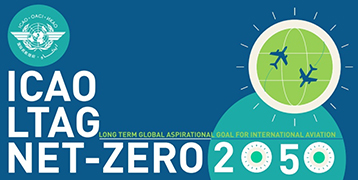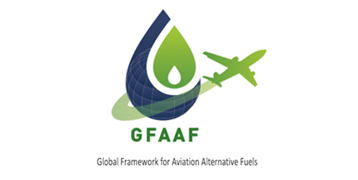Deploying EU biomethane potential for transports: Centralized/decentralized biogasrefinery schemes to SAF and maritime fuels
Applied Energy
• Volume 366
(2024)
FEATURED BOOK
As Europe faces the dual challenge of decarbonizing its energy sector while ensuring energy security, REPowerEU reinforces the ambitious targets outlined in the Green Deal, complementing the “Fit for 55” package. This work analyses sustainable biomethane production in Europe, with a specific focus on Italy, and its conversion into sustainable fuels. Under the light of existing policy targets and regulatory instruments, the study explores innovative and sustainable agro-energy chains, with biomethane as energy vector for producing sustainable aviation fuels (SAF) and methanol for maritime. Decentralized biomass digestion and centralized biomethane conversion in refinery are combined, considering three key Gas-to-Liquid (GTL) pathways: Fischer-Tropsch and methanol synthesis, and gas fermentation/alcohol-to-jet. A simulation model was used to estimate the performances of these routes, providing insights on process yields and energy balances. Additionally, preliminary investment cost estimates are considered by reviewing existing references and extrapolating unit-specific cost data.
As by 2030 biomethane in Europe could supply 38 bcm, the routes analysed could cover 4 to 11% of jet fuel demand, and from 25 to 56% of maritime fuel needs. By 2050, with a potential EU biomethane supply of 91 bcm, these pathways might meet 9–25% of jet fuel demand, and 48–105% of maritime fuel demand.
In Italy, by 2030, 5.6 bcm of biomethane could enable these pathways to meet 7–18% of jet fuel demand, and a remarkable 69–152% of maritime fuel demand. By 2050, with 8.2 bcm of biomethane, these routes might cover 8–22% of jet fuel demand, and potentially satisfy 91–198% of maritime fuel demand.
Moreover, these pathways would also yield other added-value by-products (e.g. naphtha, diesel, waxes, hydrogen, gasoline), which should be considered in comparing them.
The average investment costs for each route were estimated at 791,970 USD/t/day for the Fischer-Tropsch based GTL plant, 130,275 USD/t/day for the methanol-based GTL plant, and 669,740 USD/t/day for the GTL plant involving gas fermentation/alcohol-to-jet conversion.
As by 2030 biomethane in Europe could supply 38 bcm, the routes analysed could cover 4 to 11% of jet fuel demand, and from 25 to 56% of maritime fuel needs. By 2050, with a potential EU biomethane supply of 91 bcm, these pathways might meet 9–25% of jet fuel demand, and 48–105% of maritime fuel demand.
In Italy, by 2030, 5.6 bcm of biomethane could enable these pathways to meet 7–18% of jet fuel demand, and a remarkable 69–152% of maritime fuel demand. By 2050, with 8.2 bcm of biomethane, these routes might cover 8–22% of jet fuel demand, and potentially satisfy 91–198% of maritime fuel demand.
Moreover, these pathways would also yield other added-value by-products (e.g. naphtha, diesel, waxes, hydrogen, gasoline), which should be considered in comparing them.
The average investment costs for each route were estimated at 791,970 USD/t/day for the Fischer-Tropsch based GTL plant, 130,275 USD/t/day for the methanol-based GTL plant, and 669,740 USD/t/day for the GTL plant involving gas fermentation/alcohol-to-jet conversion.
Biogas; Biomass; Biofuels; Biomethane; Aviation; Maritime; Fischer-Tropsch; Methanol; Anaerobic digestion; Reforming; Syngas; ATJ; Fermentation; Ethanol; Process modelling; Renewable fuels; Sustainability; Energy policy
4 total downloads



 Back
Back



